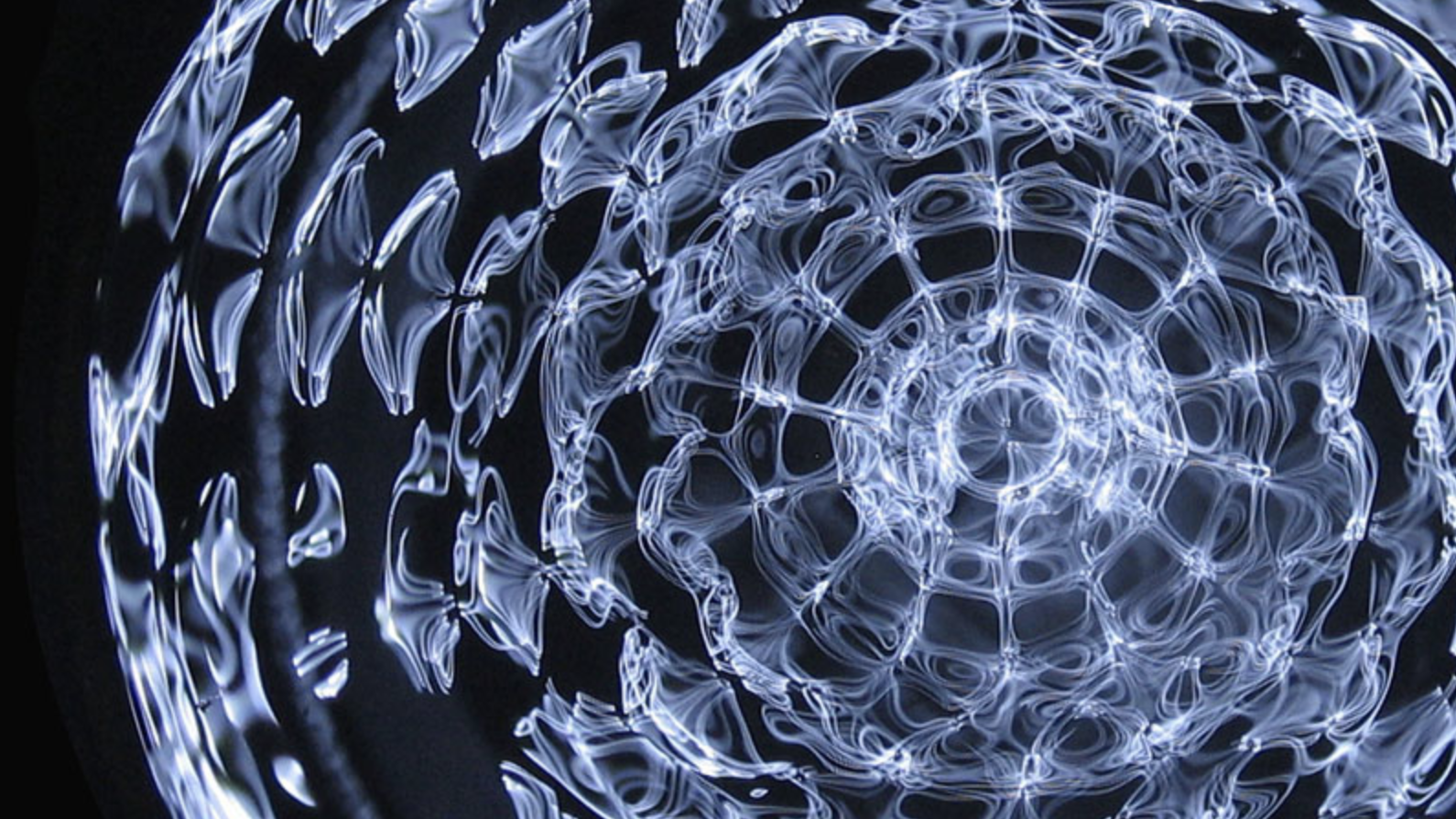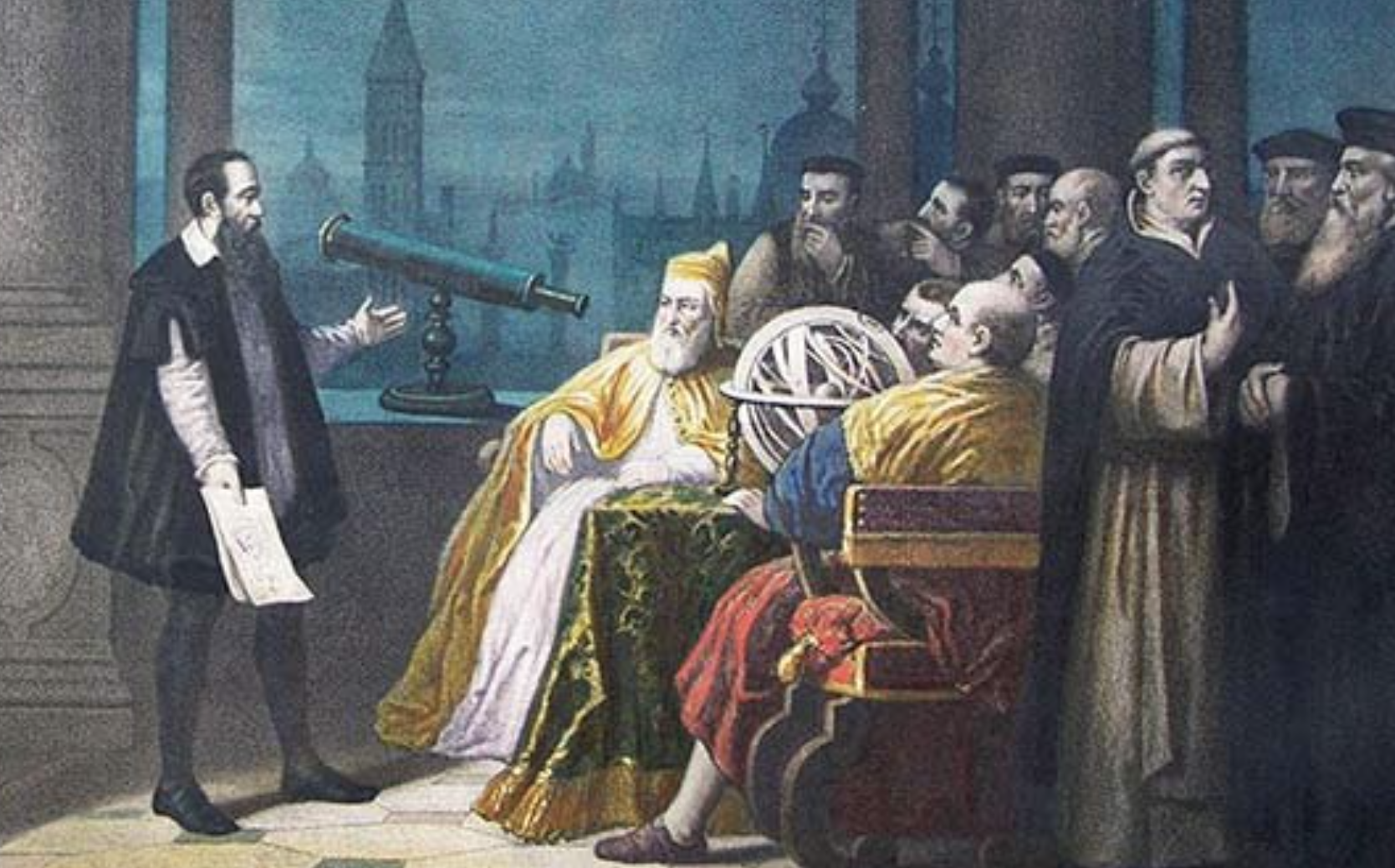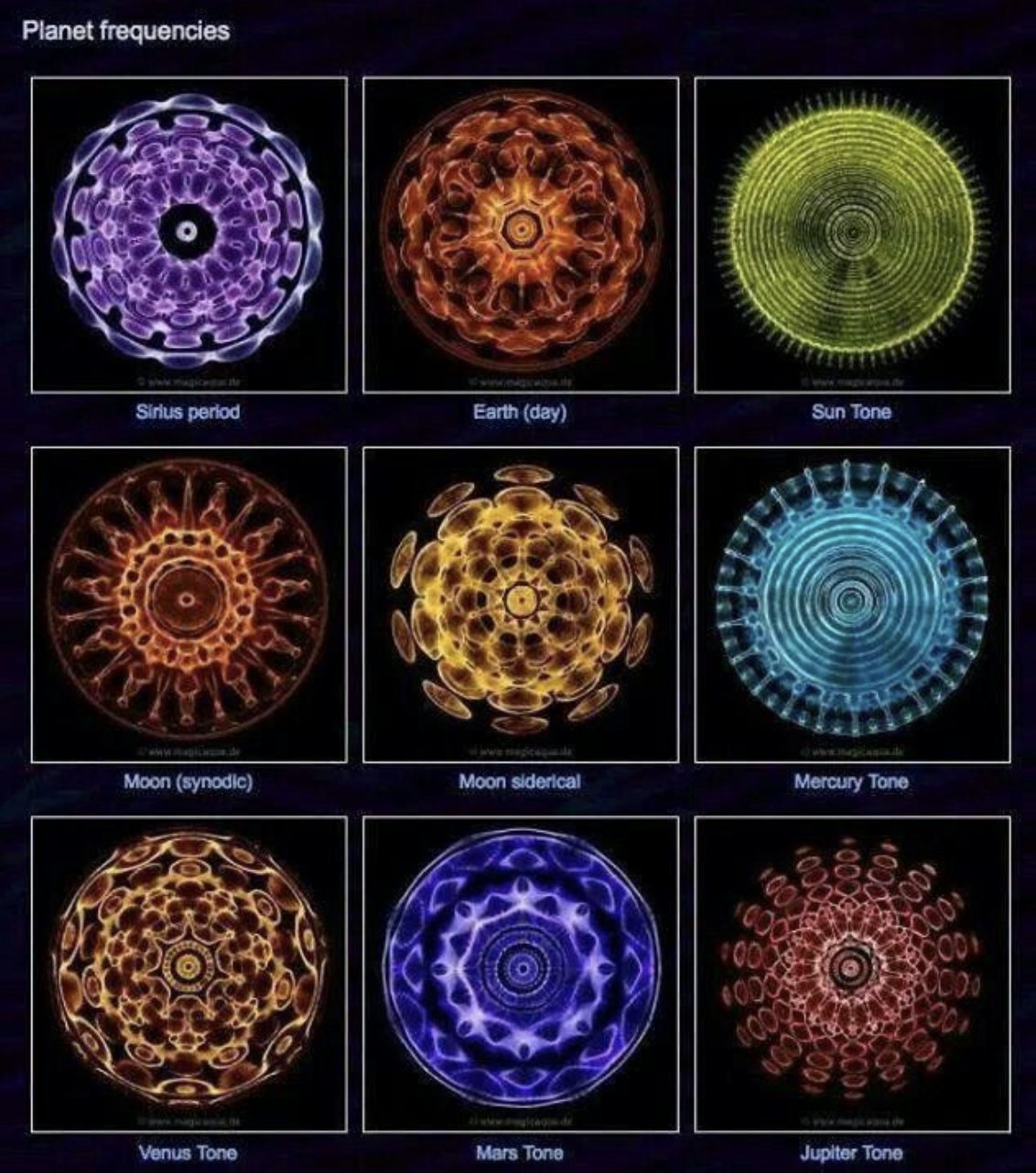Cymatics the Art of Sound

Cymatics is a relatively new science that explores the unseen world of frequencies. It is the visual representation of the audio world. Dr. Hans Jenny has studied this field and is considered the “Father of Cymatics”. His experiments concluded that sound frequencies are not in a state of chaos, but instead a highly structured and organized schema.
This phenomenon was first observed by Robert Hooke who noticed that sound frequencies can be translated into visual representations. Cymatics is somewhere between science and art. The imagery produced from the creation of a Cymatics rig can be stunning but the science behind it is equally intriguing.
The generic term for this field of science was retitled Cymatics by Hans Jenny, a Swiss medical doctor and a pioneer in this field.
The word Cymatics derives from the Greek ‘kuma’ meaning ‘billow’ or ‘wave,’ to describe the periodic effects that sound and vibration have on matter.
Water being a strong conductor for sound, imagine how sound affects your ‘inner workings’ and how it can assist rearranging dissonance = dis-ease into patterns of a natural state of coherence.
Discovered over three centuries ago
Cymatics nicely displays the effects of vibration on matter. The study of patterns produced by vibrating bodies has a venerable history. One of the earliest to record that an oscillating body displayed regular patterns was Galileo Galilei who in 1632 wrote:
“As I was scraping a brass plate with a sharp iron chisel in order to remove some spots from it and was running the chisel rather rapidly over it, I once or twice, during many strokes, heard the plate emit a rather strong and clear whistling sound: on looking at the plate more carefully, I noticed a long row of fine streaks parallel and equidistant from one another.
Scraping with the chisel over and over again, I noticed that it was only when the plate emitted this hissing noise that any marks were left upon it; when the scraping was not accompanied by this sibilant note there was not the least trace of such marks.”

